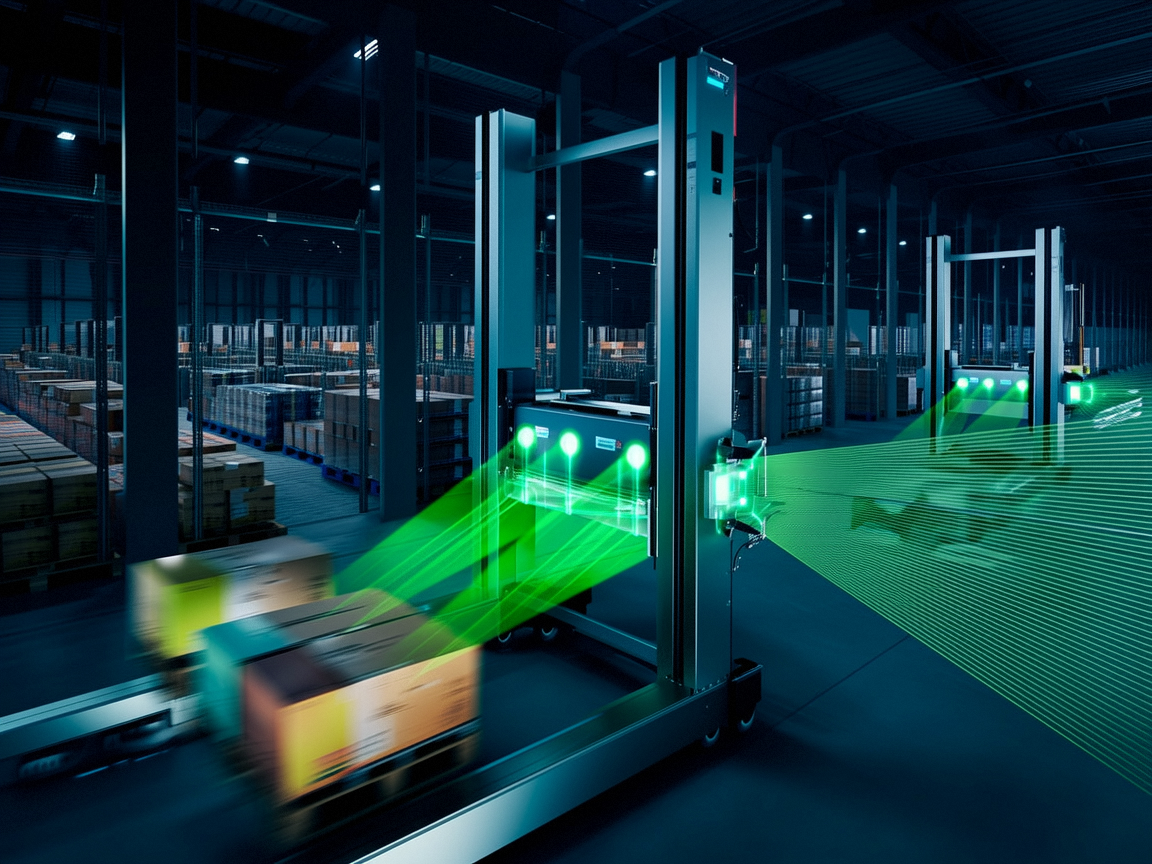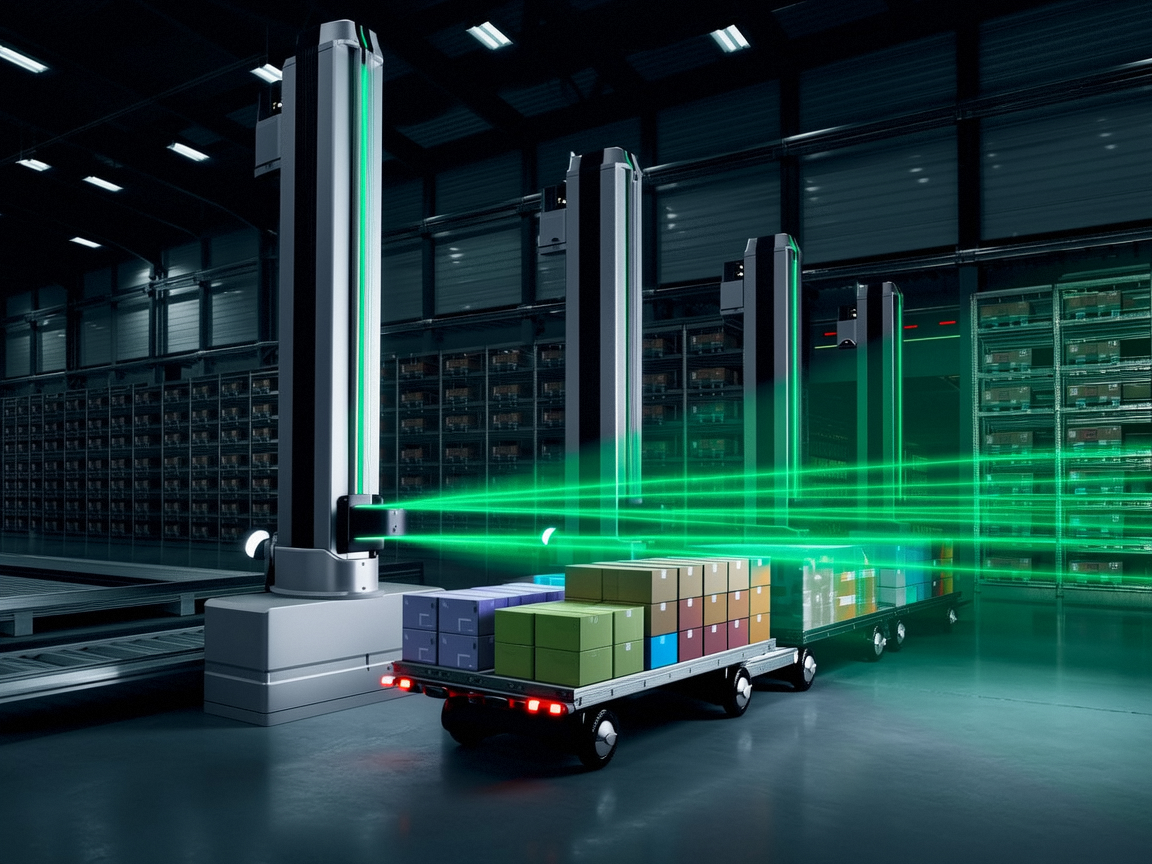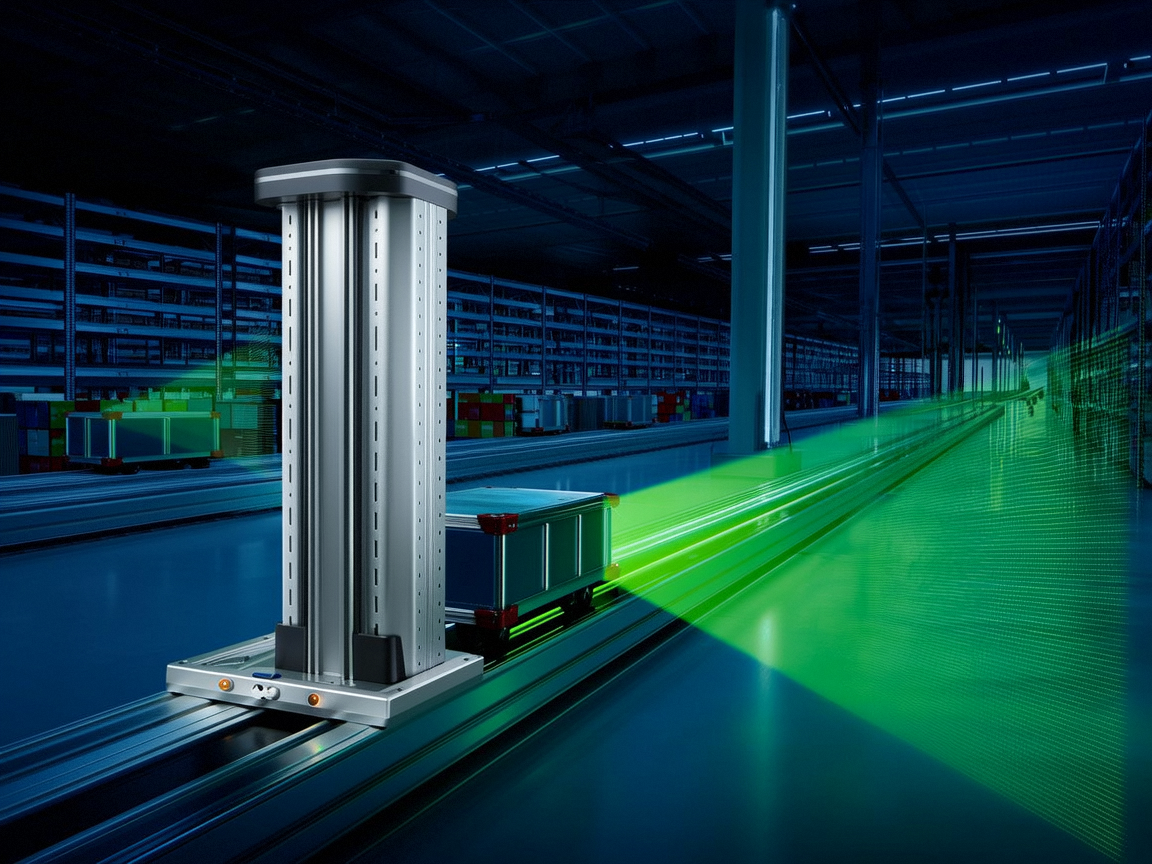With the continuous development of autonomous driving technology, LiDAR, as one of the core sensors, is gradually becoming a key technology in intelligent transportation systems, driving autonomous driving into a new era. Lidar can provide high-precision environmental perception, provide real-time and accurate three-dimensional information for the auto drive system, and help vehicles achieve accurate positioning, obstacle detection and path planning.

High precision perception
Lidar obtains accurate data of the surrounding environment by emitting laser beams and receiving reflected signals, which can measure the distance and contour of objects with millimeter level accuracy, providing very important environmental perception capabilities for autonomous driving.
24/7 adaptability
Compared with traditional cameras and radars, LiDAR is not affected by changes in light and can maintain high efficiency even in harsh weather conditions such as nighttime, haze, rain, and snow. This advantage enables autonomous driving to operate normally in any environment.
3D mapping and obstacle detection
Lidar can generate high-precision 3D point cloud maps, helping autonomous vehicles perceive their surroundings in real-time. This not only improves the accuracy of obstacle detection, but also enhances the decision-making ability of the auto drive system and avoids the occurrence of traffic accidents.
Widely applicable scenarios
From urban roads to highways, from parking lots to complex intersections, LiDAR can accurately locate and provide comprehensive perception support in various complex traffic environments. Whether it's low-speed city driving or high-speed cruising, LiDAR can play an irreplaceable role.
One of the challenges of autonomous driving technology is how to accurately perceive the surrounding environment and make quick responses. By providing high-definition three-dimensional environmental atlas, the laser radar enables the auto drive system to work efficiently in complex traffic environment, which not only improves the safety, but also lays a foundation for the popularization of unmanned driving.
Currently, many leading autonomous driving companies are actively investing in the research and application of LiDAR, with the goal of reducing costs, improving performance, and achieving wider commercial applications. With the advancement of technology, the volume of LiDAR is constantly shrinking and the cost is gradually decreasing. Multiple commercial vehicle models have started using LiDAR as one of the key sensors.
In the future, with the further development of technologies such as 5G and artificial intelligence, LiDAR will play a greater role in the field of autonomous driving. It will not only become an important component of intelligent transportation, but may also shine in other fields such as intelligent logistics, drones, and other applications. The development of LiDAR technology will accelerate the popularization of autonomous driving and create a new era of intelligent transportation.
In conclusion, the continuous breakthrough and application of lidar technology will help the auto drive system better understand and respond to complex environments, achieve a more efficient, safer and more intelligent way of travel, and create a new era of autopilot.




















Contact us feel free to call or write anytime, We will call you back soon!